This analysis was published as part of The Bottom Line, my weekly newsletter reflecting on the challenges of addressing affordability, inclusive economic growth and access to capital. Subscribe to keep up with what I’m writing, thinking and reading every week.
Here at Next City, we’ve covered efforts to create city-owned banks in Philadelphia, New York, Los Angeles, San Francisco and the East Bay. We’ve also covered efforts to create state-owned banks in California, Massachusetts and New Mexico. Sometimes, as in the case of New York or California, state legislation has been proposed (and passed in California) to authorize local governments to create their own banks — but none of those efforts have yet reached the point of obtaining a bank charter, accepting deposits and making loans as envisioned.
This month in New York, there’s a new iteration: state legislation that, if passed, would create the Bank of Rochester, a bank that would be controlled by the local governments of Rochester and the encompassing Monroe County.
Technically, the bank would still need to apply successfully for a bank charter from the state’s Department of Financial Services, just like a private-sector bank, before it could accept deposits. Per the legislation, the bank would serve “the public purposes of achieving cost savings, strengthening local economies, supporting community economic development, and addressing infrastructure and housing needs for localities.”
It would not be a bank that accepts deposits directly from members of the public. As laid out in the bill, the Bank of Rochester would be modeled largely after the century-old state-owned Bank of North Dakota. Nearly 90% of the Bank of North Dakota’s deposits come from the state government, which is required by law to use the Bank of North Dakota as its primary bank. Similarly, the Bank of Rochester would only be authorized to take deposits from government bodies, including local or state government as well as federal offices. It would be restricted from retail banking and raising deposits from individuals and businesses.
The Bank of Rochester would also be restricted from making direct loans to the public. Similar to its existing counterpart in North Dakota, the Bank of Rochester’s lending would be primarily wholesale lending — loans to other financial institutions — or loan participations, which are loans made only in partnership with local banks, credit unions or community development financial institutions. The local private institution originates and services the loan, but the funds are sourced from both institutions.
In North Dakota, sparsely populated at just under 780,000 residents, the state-owned bank does nearly a thousand loan participations a year, supporting loans to small businesses, farmers and agricultural businesses who only deal with their local financial institutions and never realize the Bank of North Dakota has helped fund their loan behind the scenes. In this way, the Bank of North Dakota strengthens local lenders’ relationships with the community instead of competing with local lenders.
“A public bank will enable local financial institutions like ours to grow and serve Rochesterians at the scale needed to truly create thriving communities,” said Melissa Marquez, CEO at Genesee Co-op Federal Credit Union in Rochester, at a rally last week in support of the Bank of Rochester Legislation.
There’s plenty of concern and criticism around state-owned or local government-owned banks. Often one of the first to come up is how to guard against corruption and political favoritism in loan decisions at an institution controlled indirectly by elected officials.
Loan participations actually help guard against corruption in a big way. Community banks and credit unions are all highly-regulated themselves, meaning their regulators examine their lending practices and management on an ongoing basis to ensure safe and sound operations, which includes guarding against political influence in lending decisions. By mostly doing loan participations with regulated banks and credit unions, the Bank of North Dakota can rely on bank regulators to keep corruption out of the equation.
Bank regulators have of course been known to make mistakes, as they did leading up to the failures of Silicon Valley Bank, Signature Bank and First Republic Bank last year. But those failures did not involve public officials influencing lending decisions. So far, the Bank of North Dakota has been largely corruption-free since its creation in 1919.
In the coming weeks and months, I’m excited to dig deeper into how the Bank of Rochester idea came about, who’s behind it and how they coalesced around this vision for a city/county-owned bank.
This article is part of The Bottom Line, a series exploring scalable solutions for problems related to affordability, inclusive economic growth and access to capital. Click here to subscribe to our Bottom Line newsletter.

Oscar is Next City's senior economic justice correspondent. He previously served as Next City’s editor from 2018-2019, and was a Next City Equitable Cities Fellow from 2015-2016. Since 2011, Oscar has covered community development finance, community banking, impact investing, economic development, housing and more for media outlets such as Shelterforce, B Magazine, Impact Alpha and Fast Company.
Follow Oscar .(JavaScript must be enabled to view this email address)



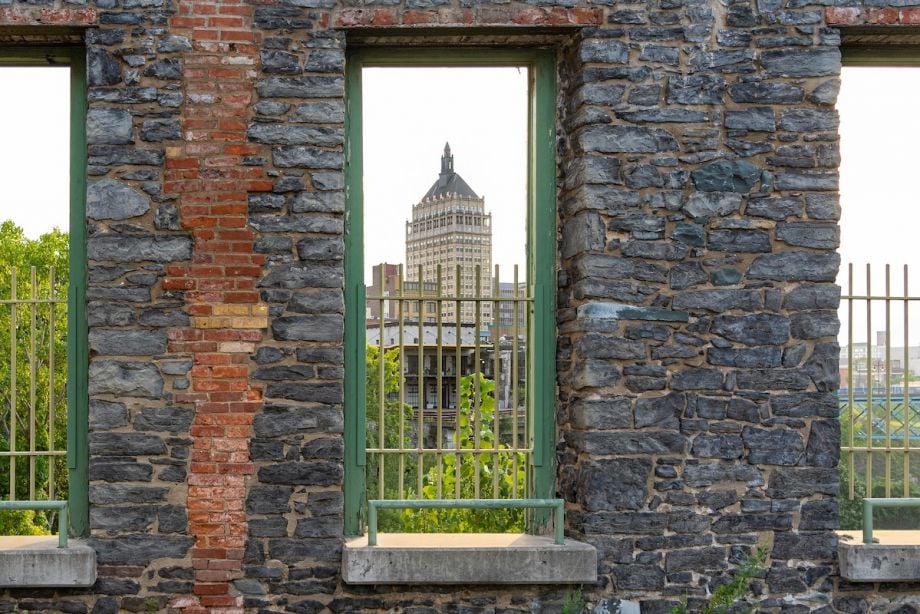
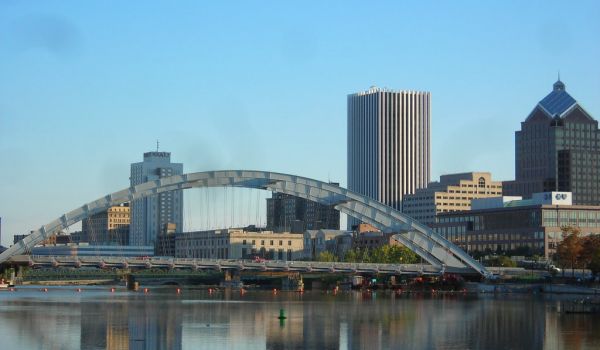

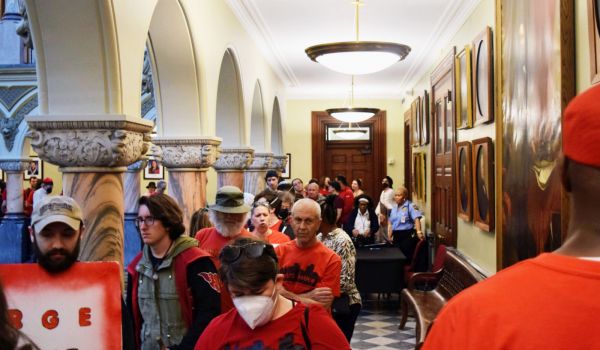
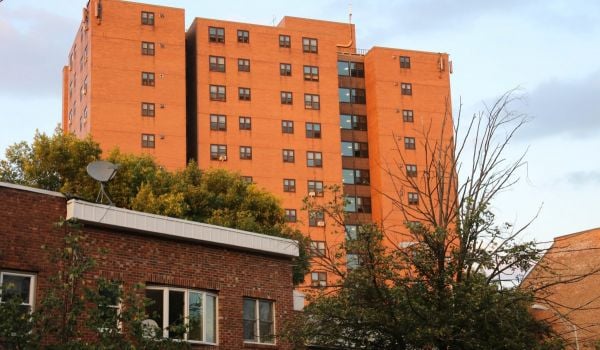
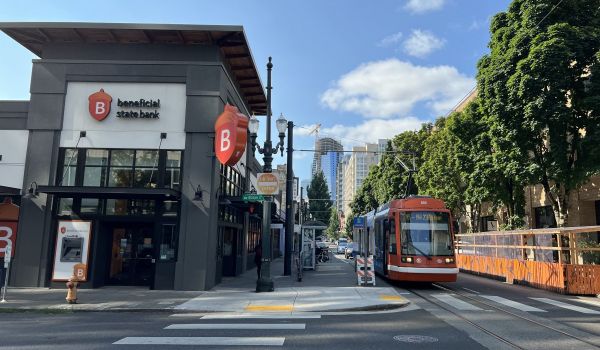

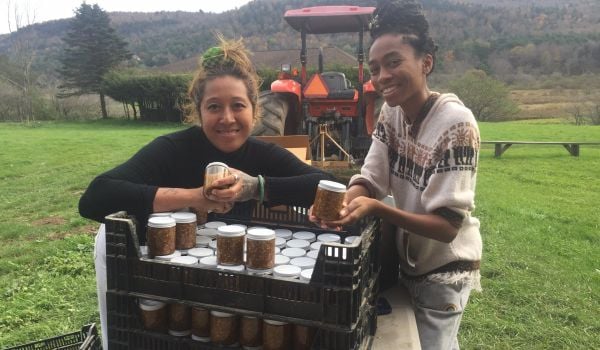
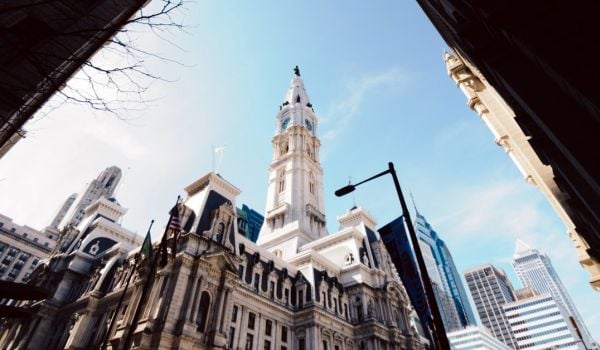







Add to the Discussion
Next City sustaining members can comment on our stories. Keep the discussion going! Join our community of engaged members by donating today.
Already a sustaining member? Login here.